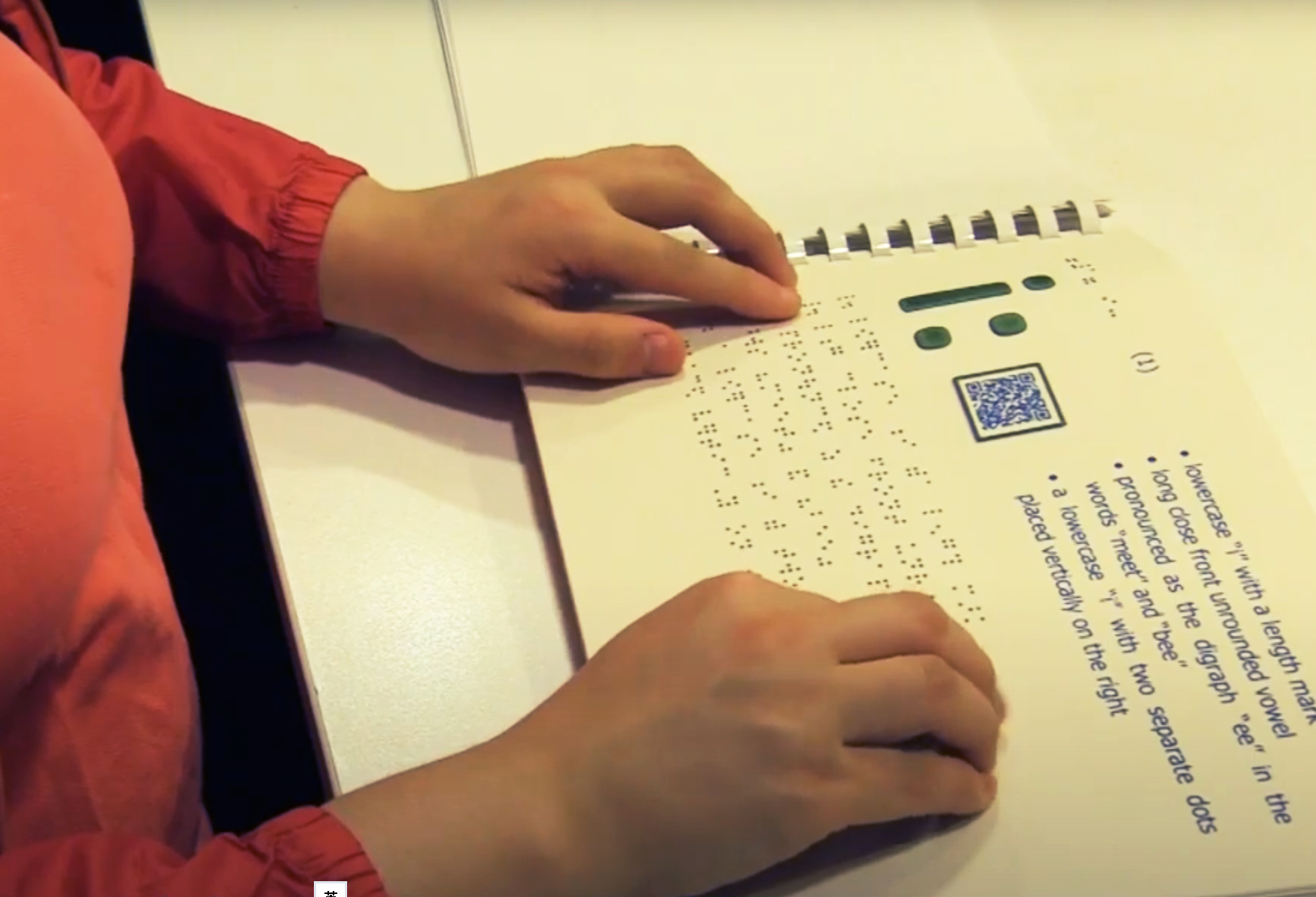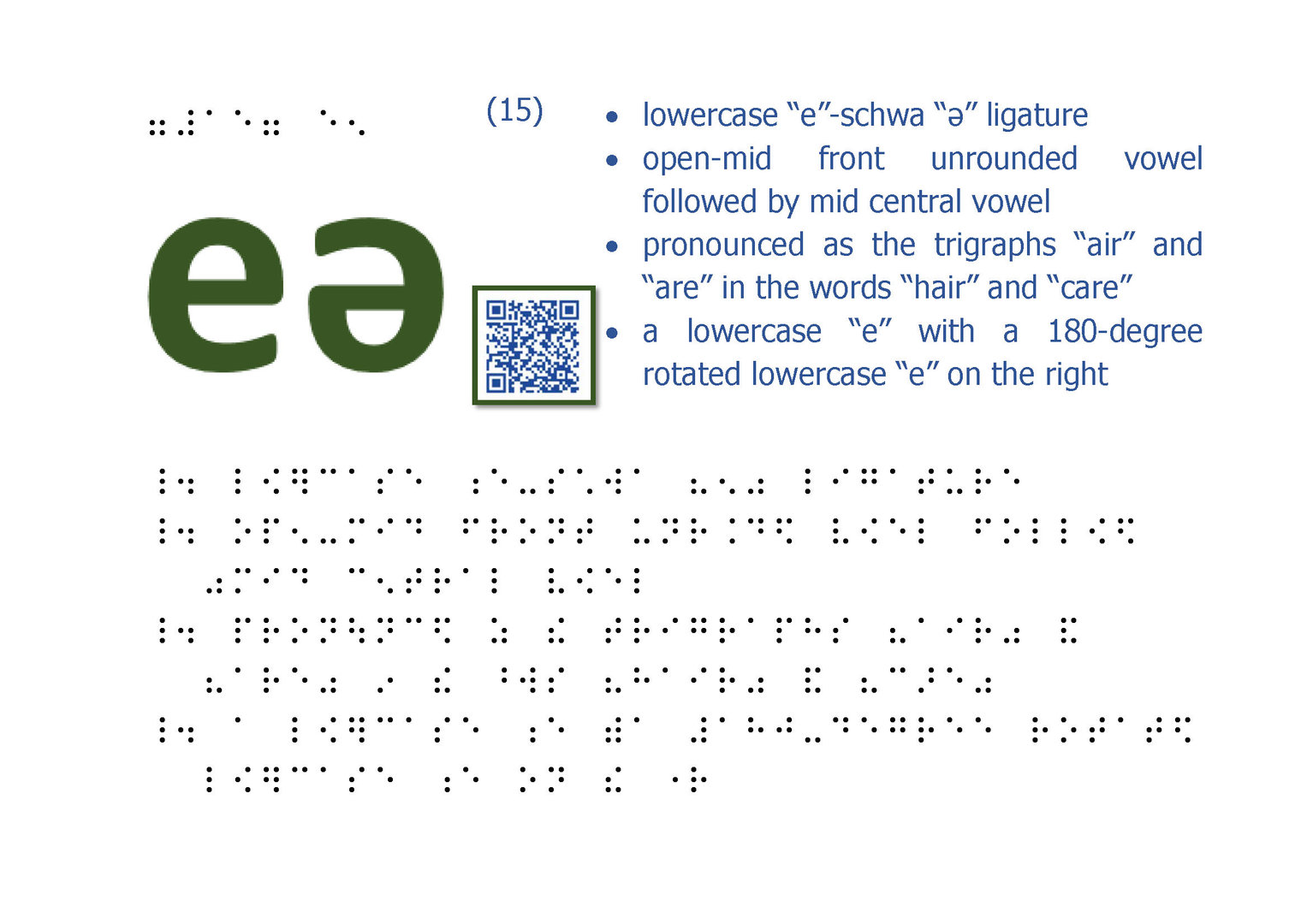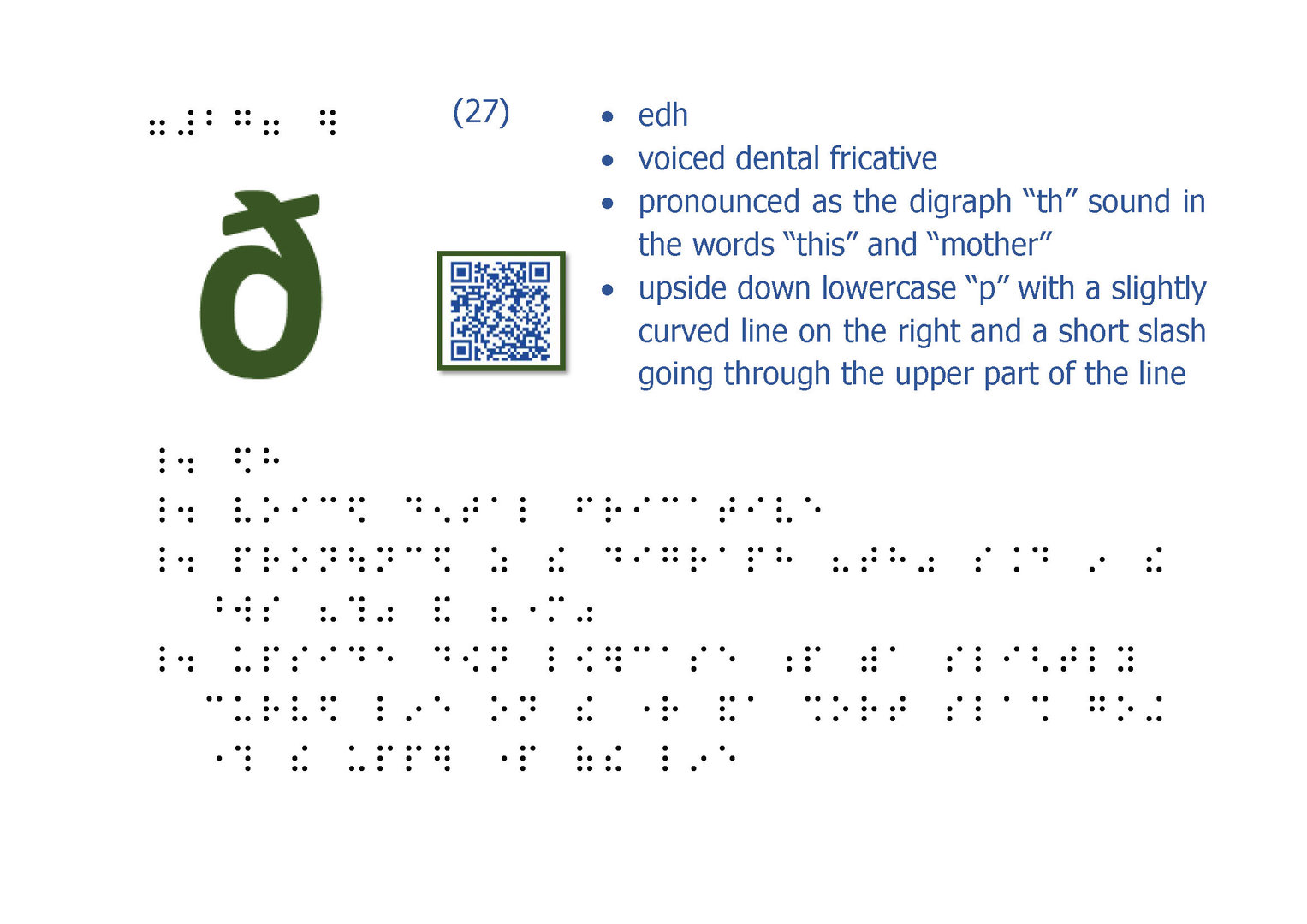Main navigation

“If we can attract people who are visually impaired (VI) to the field of Phonetics, then we could work together to add an edge to the field and elevate it to a higher level”. So says Dr Jackie Yan, who first had this “extraordinary” idea when she struggled with her phonology class while pursuing her PhD programme in the United States.
Dr Yan was working on an Audio Description (AD) project funded by City University of Hong Kong. The purpose of it was to explore the needs of visually impaired people in the accessibility of AD. While interviewing Sarah, a visually impaired student, Dr Yan learned that Sarah had to drop a course on International Phonetic Alphabet (IPA) simply because she could not make out the shapes of the IPA symbols. “If they can’t even learn the basic IPA symbols, how can they enter the field of phonetics?” It’s not only about “helping the visually impaired”, it’s also about attracting talents, regardless of physical attributes, to the field.
“Have you ever seen visually impaired friends playing with their smart phones? The high-speed “noises” are all meaningful to them…” “We should turn their disadvantages to advantages.” Dr Yan often said these to her colleagues and friends. Sarah has also told Dr Yan, “We want to help people too!”
Dr Yan decided to develop an IPA guide that could be used by visually impaired learners such as Sarah as well as sighted people. Thus the IPA Guide for Visually Impaired Learners was born. “It removes obstacles for visually impaired learners to acquire IPA,” says Dr Yan.
What is the IPA?
Before we learn more about the special guide, what exactly is the IPA and who uses it? The International Phonetic Alphabet is a set of symbols that linguists use to describe the sounds of spoken languages. The system was created by the International Phonetic Association, established in 1886, and today consists of 111 -- 83 for consonants + 28 for vowels -- letters, 31 diacritics, 24 symbols for tones and word accents and 9 prosodic marks. Diacritics are glyphs added to a letter, either above, under, after or within a letter; prosody is a representation of the rhythm, stress, and intonation of speech. The symbols are based on the Latin alphabet, but include some non-Latin characters, for each distinctive sound. Each symbol represents a distinct sound that exists in human spoken language – it can be used for any of the world’s many languages.
The IPA is used by lexicographers, foreign language students and teachers, linguists, speech-language pathologists, singers, actors, constructed language creators, and translators.
Here is an IPA chart <http://www.internationalphoneticassociation.org/content/ipa-chart>
What’s special about the VI version?
This new version of IPA Guide, specially designed for visually impaired learners, is a product of several research projects led by Dr Yan, in collaboration with the Run Run Shaw Library and the Hong Kong Society for the Blind. It utilizes a variety of technologies to achieve its goal of assisting visually impaired learners, namely embossments, audio description, QR code and braille. Symbols are printed in embossments, so VI learners can use touch to acquire the symbols' typographic features. By scanning the QR code – which is contained within a tactile square – on each page, learners can quickly access the audio description of the content read by a native English speaker. Braille is provided for the main content of the guide. Together, these technologies help make IPA accessible to visually impaired learners.
As a member of the team that developed the guide, Sarah took great interest in the process of the IPA learning, research and production. “It was a valuable and hard-to-get opportunity. I like this guide very much, and hope to promote it,” she says.
“For us, when we want to understand pictures and shapes, we find it very difficult. By participating in the project, I not only learned a lot, but I can also help other people; it’s like 'killing two birds with one stone', that’s why I think this project is especially significant and meaningful."


Applications and future directions
The new guide has a number of immediate applications. It can be used in classrooms for helping visually impaired students to learn IPA, while also improving sighted students’ awareness of issues surrounding accessibility. It can also be put in libraries for daily study and reference purposes for the VI population.
As for the future, the guide serves as an example or prototype for designing more barrier-free educational resources. To a great extent, it removes the first obstacle for people who are visually impaired to learn IPA. Opportunities can be found for learners to study languages with the help of IPA, for sighted and VI people to work together in their research in phonetics and languages, and for developing more “barrier-free” resources in educational settings.
Dr Yan believes that if VI people can participate in phonetics within language studies, they will help enhance the educational or research quality of this field. The project highlights the possibilities of creating inclusive classrooms where students who are visually impaired and sighted are able to cooperate with each other more easily. It also demonstrates the importance of the cooperation between researchers and people who are visually impaired in creating barrier-free content, and improving the public’s awareness of issues about accessibility.
Let’s leave the last word to Sarah: "I gained knowledge myself, and I can help other learners who are visually impaired. For myself, it brings me much closer to the world of sighted people, especially in terms of cognition and learning. I like and treasure this opportunity very much.”